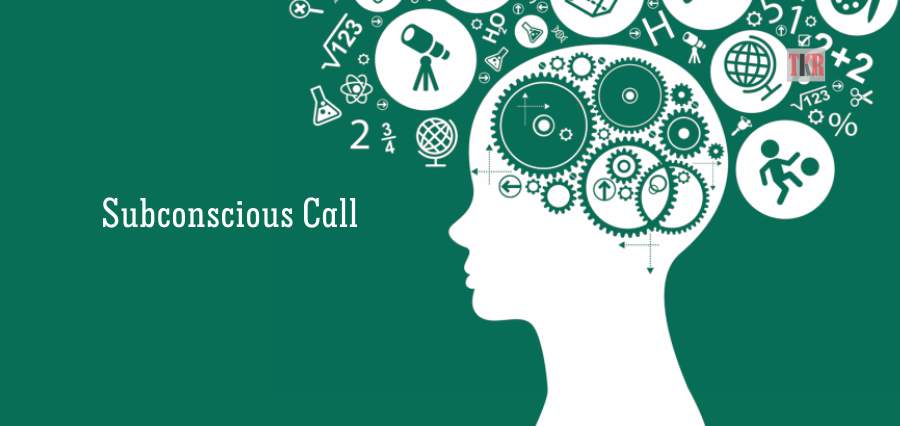Human beings are rational creatures. Every decision that humans take involves rationale. The studies of Behavioral Economics show that humans are not as rational as they like to think and they make irrational decision all the time. Daniel Kahneman, a leading psychologist & Nobel and Amos Tversky, a human judgment and decision-making expert challenged the concept of homo economicus or rational human beings. They pioneered the risk aversion theory which can be explained by giving an example such as, if a person is given a choice to take five-hundred Rupees and fifty percent chance of having fifteen hundred Rupees, he is most likely be going for five-hundred Rupees.
The choices that humans make are often irrational and humans being emotional can get easily distracted by the external and internal factors like social influences and feelings respectively. There are various biases that arise during the decision-making process and those decisions mostly are often not in the self-interest. This is especially significant in the world of finance and money. Many investors often invest their money and take unwise economic decisions all the time. These unwise decisions or the human biases comprise two types i.e. cognitive and emotional.
Cognitive bias deals with the systematic pattern of deviating from rationality in judgment. It further branches into:
Confirmation Bias: Picking out the best felt confirms the presence of confirmation bias. In this, the person’s mind draws notions and information that validate its existing ideas about something. Consequently, this type of bias only provides only half the picture.
Gambling Bias: In this, the investors believe that if something happens frequently than normal during some period then it will happen again frequently in the future or the vice-versa. Most investors are found to have such kind of beliefs.
Status Quo Bias: Audience can be resistant to change in this bias. They will repeat the same thing instead of pulling new schemes. Entertaining this bias can yield safe results, but can erode the profit margins of an individual or a company.
Herding Bias: This bias is also known as the herd mentality or the Bandwagon Effect. No matter the person believes and independent decisions, a lot of people tend to be doing what most of the people are doing. To summarize, under herding, individuals mimic the action of the larger group.
Negativity Bias: When individuals invest more by the bad news when compares to the good.
Choice Bias: Having too much of options can hamper individuals’ ability to pick the right one, hampering to attain the tailored financial goals and objectives relevant to them.
Emotional biases are driven by emotions, rather than logic and facts. It can also be defined as distortion in decision making and cognition due to the emotional factors. It includes:
Loss Aversion Bias: Loss aversion bias deals with persons that tend to focus more on the losses than on the gains. They try to limit losses at the expense of the gains. For example, during the low value of the stock, the person holding won’t sell, even though the redeemed money that is low can even be refurbished by investing in the higher quality stocks. Instead, they hold the loss and hope that the stock prices will recover eventually.
Mental Accounting: It means people accounting and viewing sources of money differently from the other resources. For example, getting emotionally attached to a certain stock.
Control Illusion: Having the illusion of picking the right stocks or control over the outcome of the investment decisions or someone who think that they can time the markets to get the optimal results.
Overconfidence Bias: Investors often, with continuous good investments, can get a little comfortable. This can lead to being reckless with the portfolio or thinking of self as infallible.
Blind Spot Bias: Self-denial comes under blind spot bias. Often, the investors think that they cannot make the mistakes. They think that this bias is behavioral quirks that only happen to others.
Recency Bias: It involves thinking that the recent events or occurrences will continue forever. The sole basis of predicting the long-term future contradicts with the unpredictability of the market.
Hindsight Bias: Fancying one and feeling overly proud while making the hasty decision is way too common. This often leads to the wrong being made.
Avoiding these Biases
It is natural to be biased and there is no way out of thinking like this, especially when investing earned money into the market. Investors must remember that what happened today will mostly not happen tomorrow. They must be certain and must not follow the market blindly. Reading and understanding all the data regarding the investment can further add to the safety and security of the investments. And most important of all, they should have detailed discussion with their financial advisor about the market, its fluctuations, and expectations etc. Every investor must analyze before investing, regardless of the level of the success.









